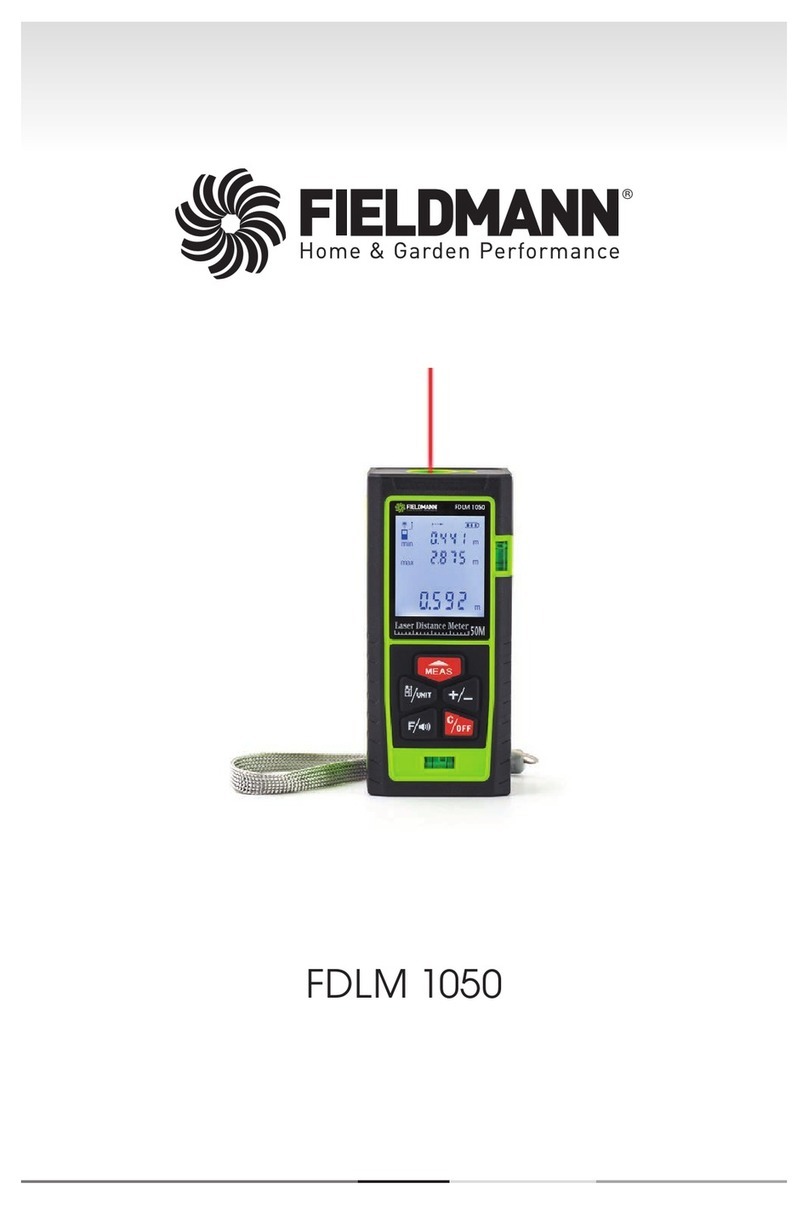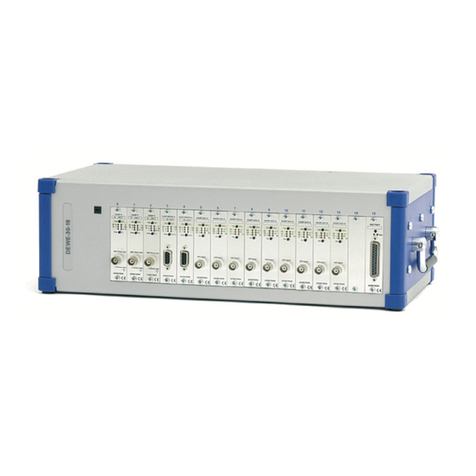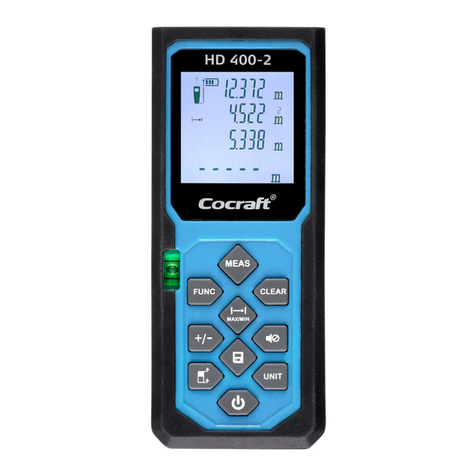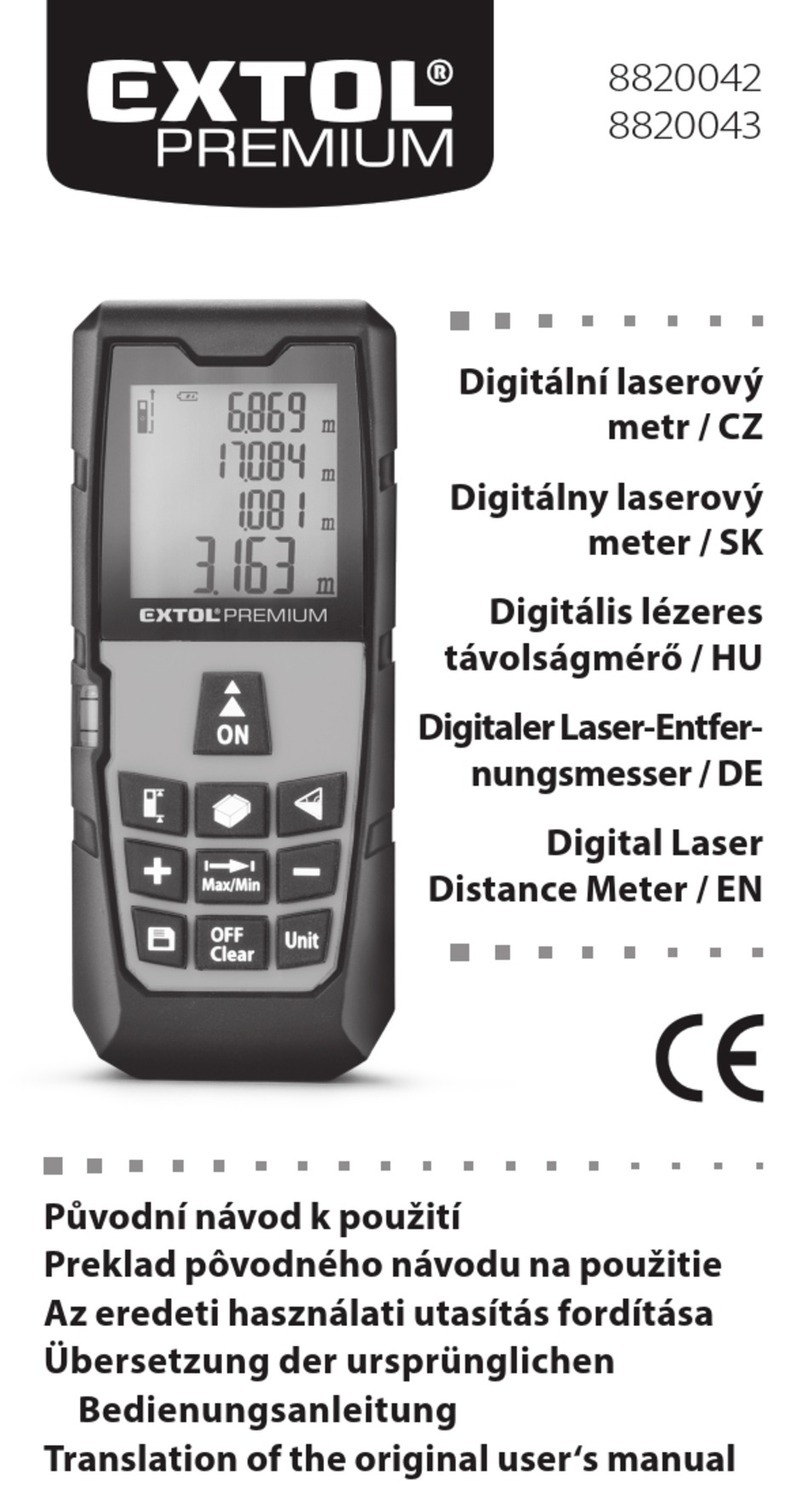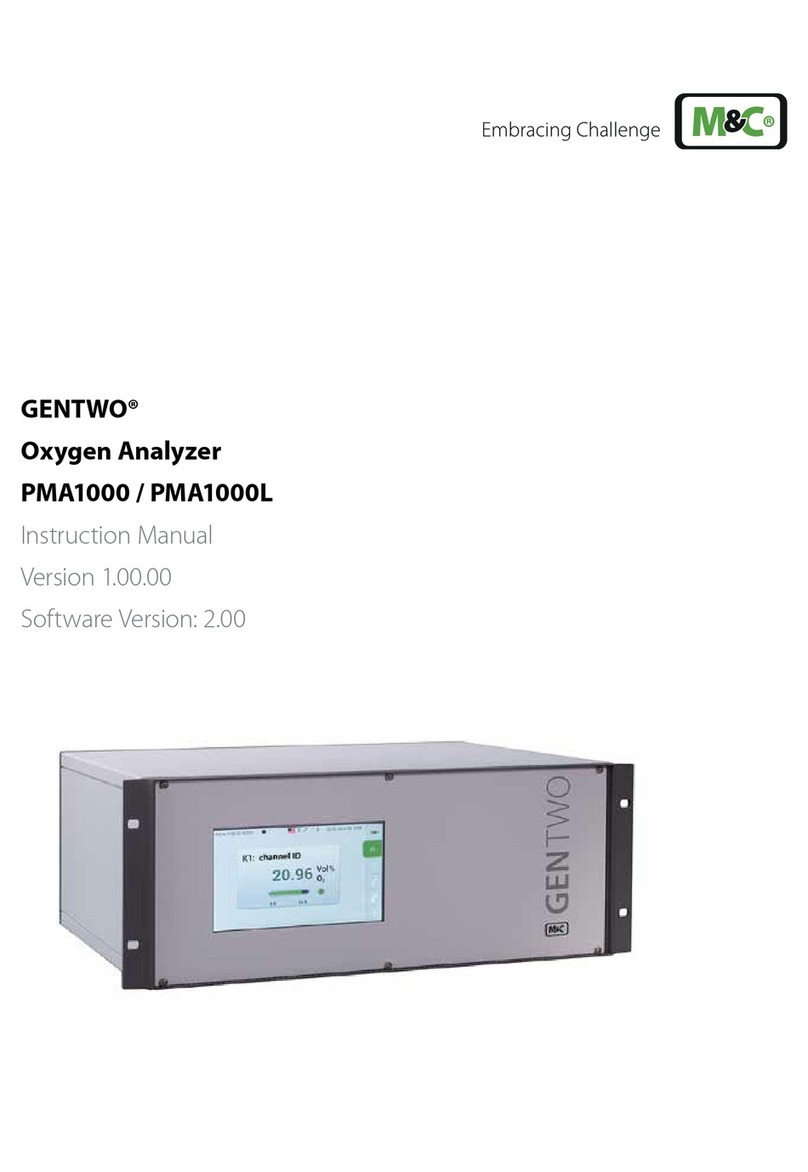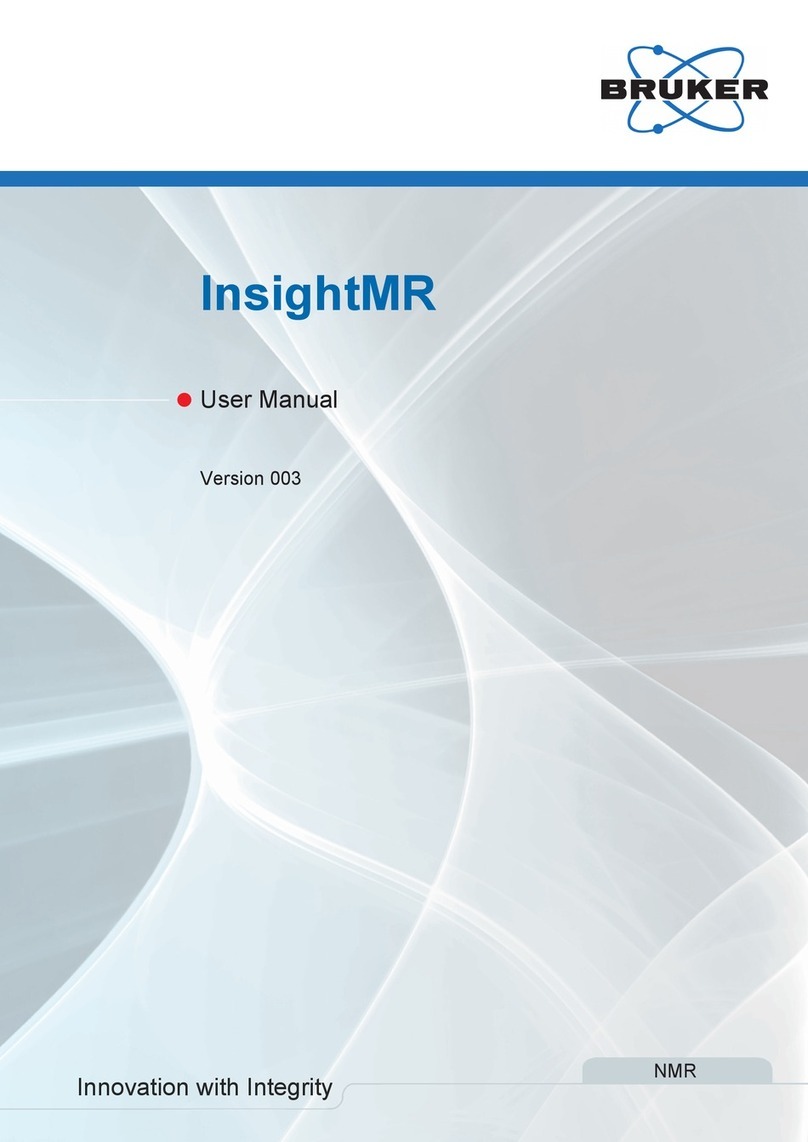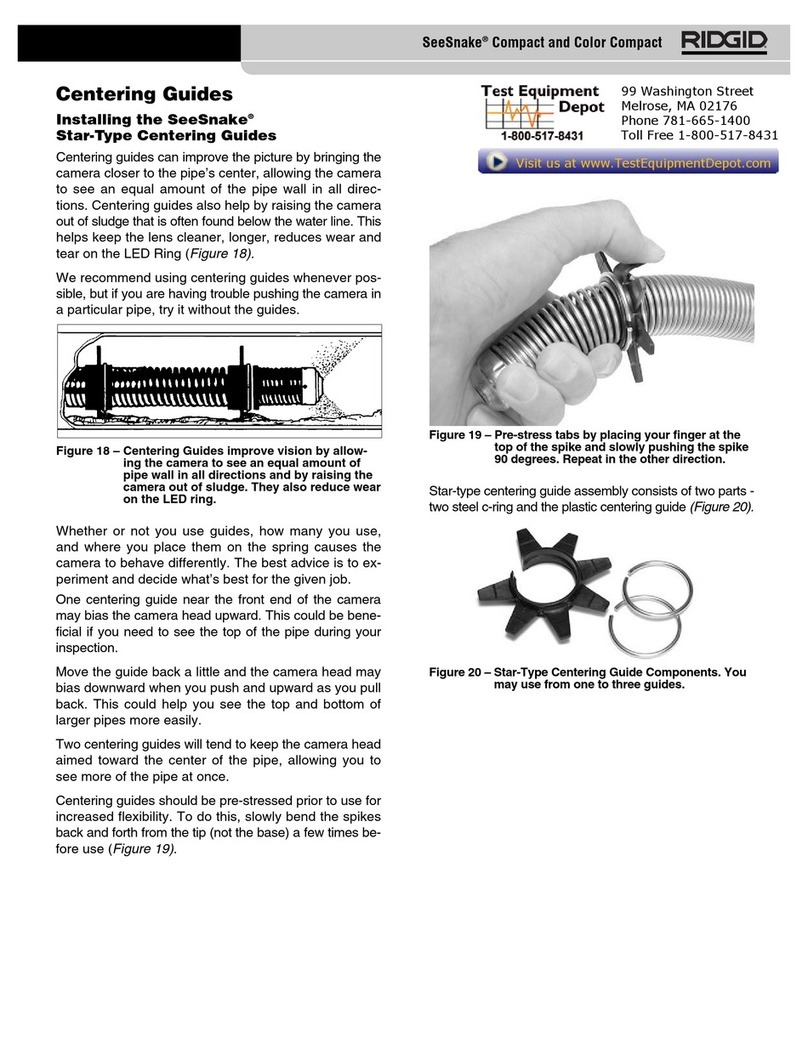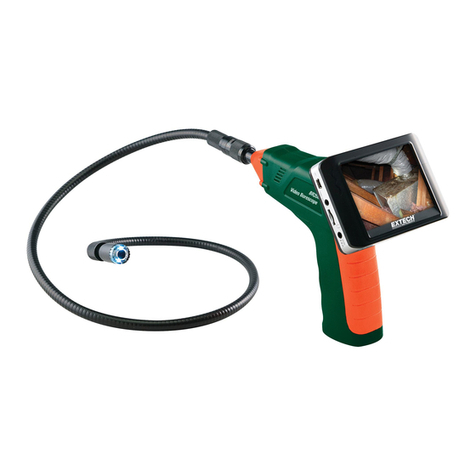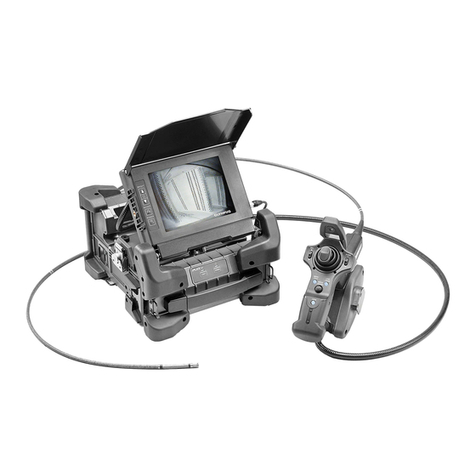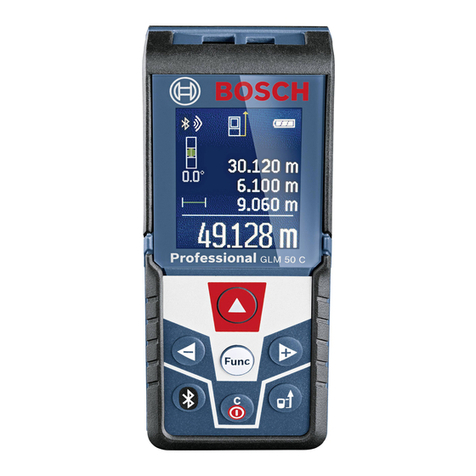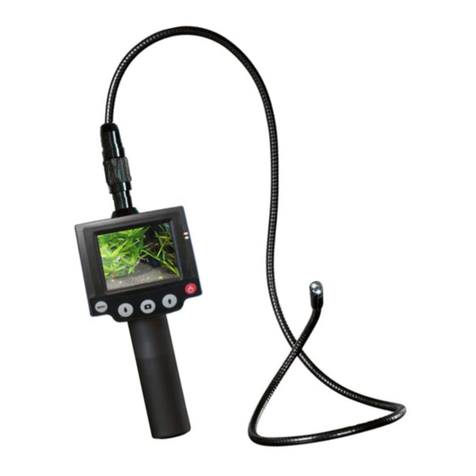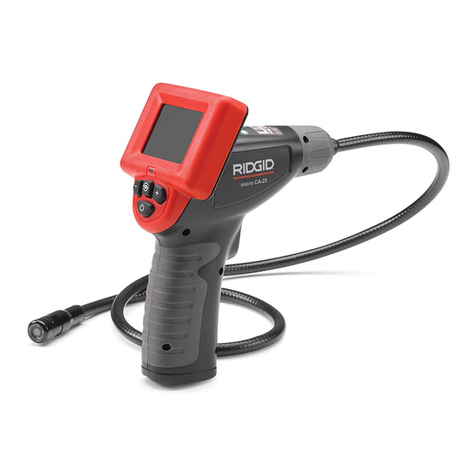
Table of Figures
M1 ORA/MISTRAL 5
Table of Figures
Fig. 1 Safety equipment on the front panel of the M1 ORA/MISTRAL.............................. 16
Fig. 2 Schematic visualization of the X-ray fluorescence process in an atom .................. 18
Fig. 3 Schematic working principle of a silicon drift detector (SDD).................................. 21
Fig. 4 Origin of a X-ray fluorescence spectrum ................................................................. 22
Fig. 5 Fitting process with two Gaussian shaped profiles ................................................. 23
Fig. 6 Definition of the full width at half maximum (FWHM) .............................................. 24
Fig. 7 Typical XRF spectra of glass, precious metal alloy and steel ................................. 24
Fig. 8 M1 ORA with computer ........................................................................................... 29
Fig. 9 M1 MISTRAL with computer.................................................................................... 29
Fig. 10 Main components of the M1 ORA/MISTRAL........................................................... 30
Fig. 11 Room planning for the installation of the M1 ORA/MISTRAL ................................. 33
Fig. 12 „Run as administrator“ option for program installation ............................................ 35
Fig. 13 Select setup language. ............................................................................................ 36
Fig. 14 Select type of installation......................................................................................... 36
Fig. 15 Select folder for installation ..................................................................................... 37
Fig. 16 Select data folder..................................................................................................... 37
Fig. 17 Select components for installation........................................................................... 38
Fig. 18 Installation of the video driver software ................................................................... 38
Fig. 19 Installation of Acrobat Reader ................................................................................. 39
Fig. 20 Installation of XML Notepad .................................................................................... 39
Fig. 21 Restart of the computer and creation of a new XSpect Pro database .................... 40
Fig. 22 Windows Device manager after connecting the M1 ORA/MISTRAL ...................... 41
Fig. 23 Properties dialog for the M1 ORA/MISTRAL before installing the correct driver .... 41
Fig. 24 Setting the driver path manually for the unknown devices...................................... 42
Fig. 25 Windows security warning during driver installation................................................ 42
Fig. 26 Finishing the successful instrument driver installation ............................................ 42
Fig. 27 Status display during initialization of the XSpect Pro program................................ 46
Fig. 28 Switching on the high voltage.................................................................................. 46
Fig. 29 Main screen of the XSpect Pro program ................................................................. 47
Fig. 30 Additional information dialog ................................................................................... 49
Fig. 31 Stage control for the manual Z stage ...................................................................... 50
Fig. 32 Stage control for the motorized Z stage .................................................................. 50
Fig. 33 Stage control for the motorized X-Y-Z stage ........................................................... 51
Fig. 34 Cross hair parameters dialog .................................................................................. 52
Fig. 35 Video settings dialog ............................................................................................... 53
Fig. 36 Save dialog .............................................................................................................. 53
Fig. 37 Main screen of the System spectra workspace....................................................... 54
Fig. 38 Recording reference spectra ................................................................................... 55
Fig. 39 Recording pure element spectra ............................................................................. 56
Fig. 40 Recording primary spectra ...................................................................................... 57
Fig. 41 Recording standard sample spectra........................................................................ 58
Fig. 42 Measurement workspace ........................................................................................ 59
Fig. 43 Selection of an existing measurement method ....................................................... 61
Fig. 44 Pre-examination tab ................................................................................................ 62
Fig. 45 Measurement workspace - Results tab ................................................................... 63
Fig. 46 Measurement workspace - Table tab ...................................................................... 63
Fig. 47 Measurement workspace - Trend tab...................................................................... 64
Fig. 48 Measurement workspace – Spectrum tab............................................................... 65
Fig. 49 Touch screen user interface .................................................................................... 68
Fig. 50 Stage program screen ............................................................................................. 69
Fig. 51 Selection or creation of a stage program ................................................................ 70
Fig. 52 Graphic display of the stage program ..................................................................... 71
Fig. 53 Table of measurement positions ............................................................................. 72
Fig. 54 Create/edit a stage program.................................................................................... 73
Fig. 55 Status display during initialization of the XData program........................................ 75
Fig. 56 Start-up screen of the XData program .................................................................... 76
Fig. 57 Standards workspace .............................................................................................. 77
